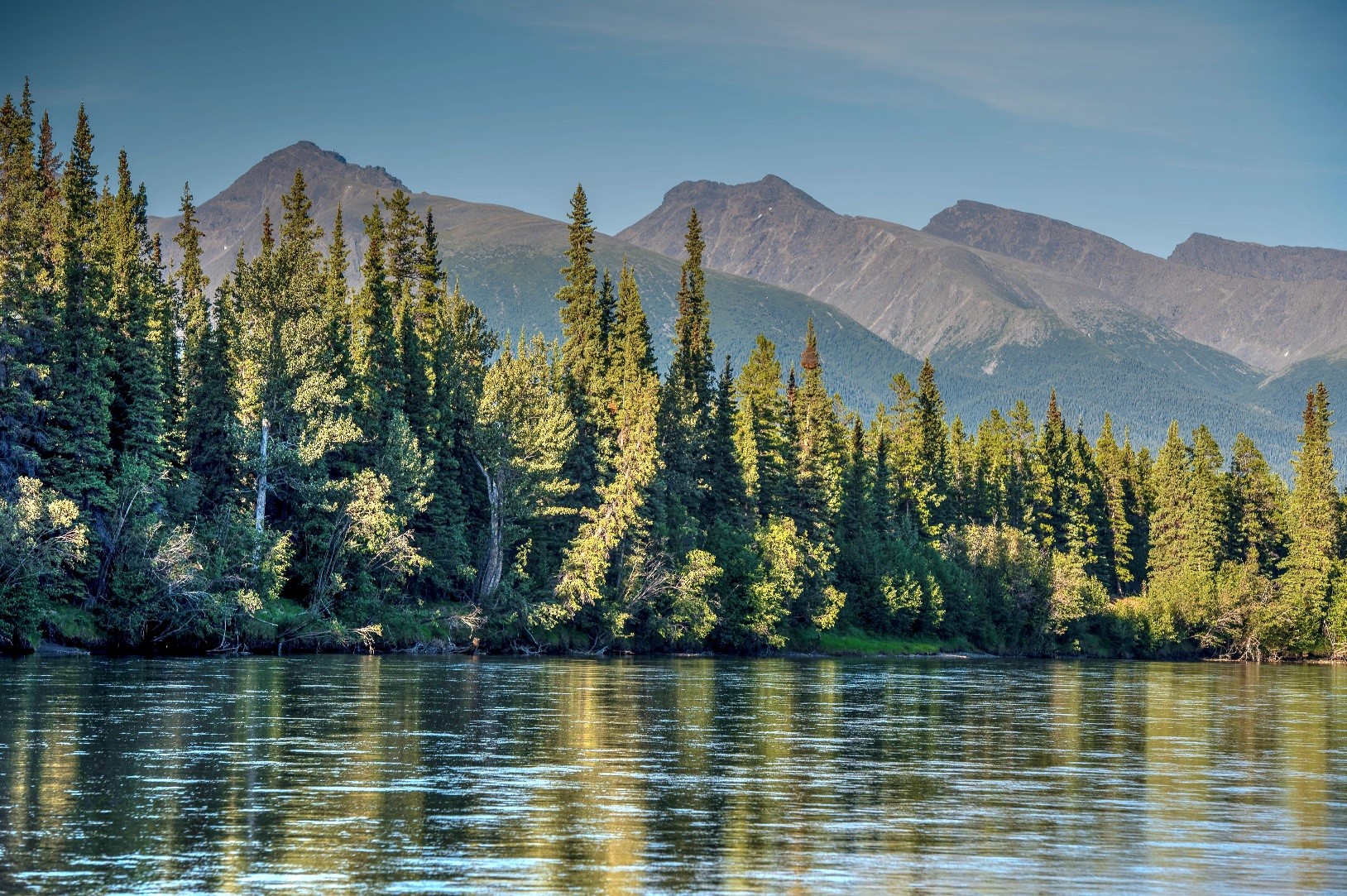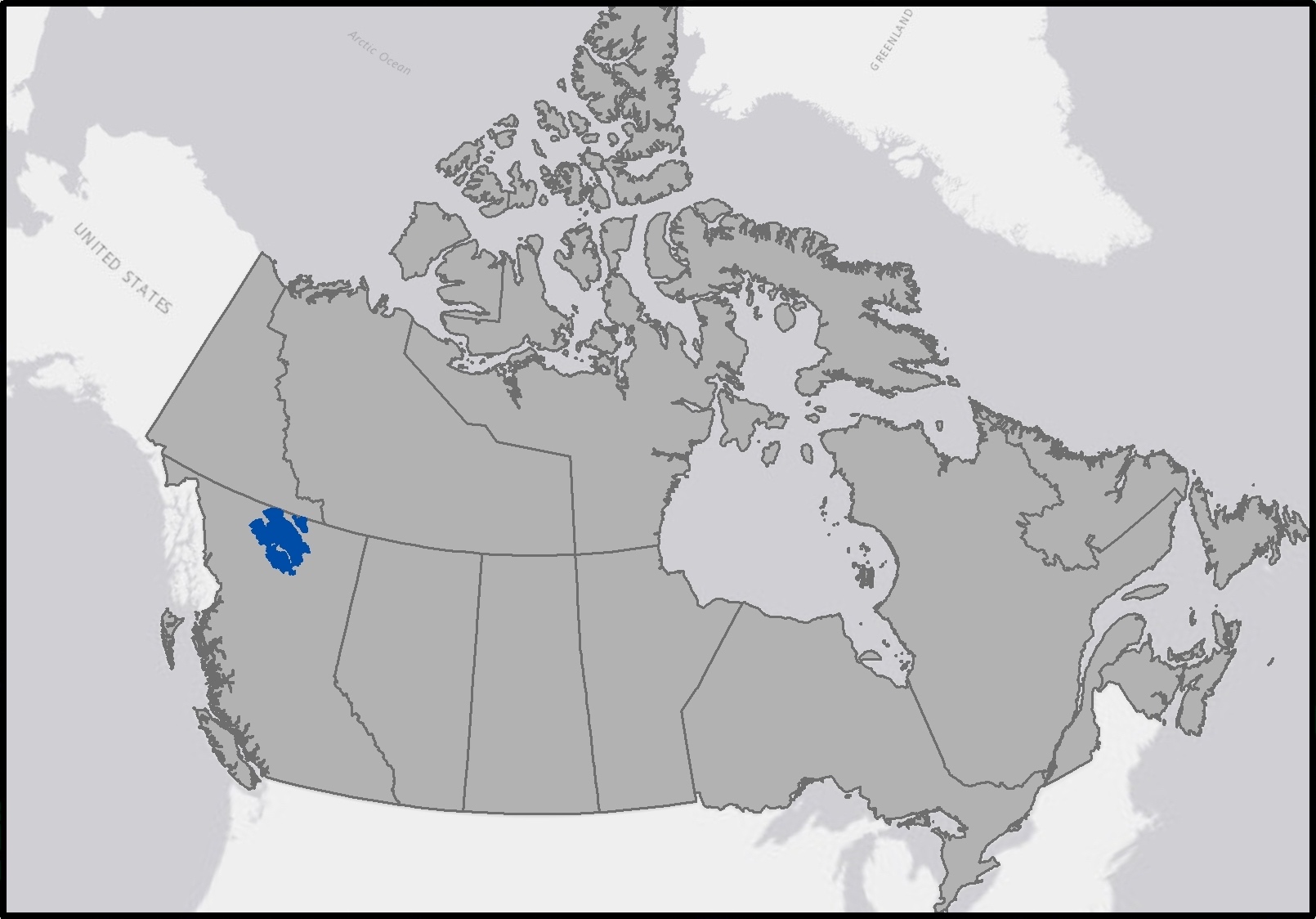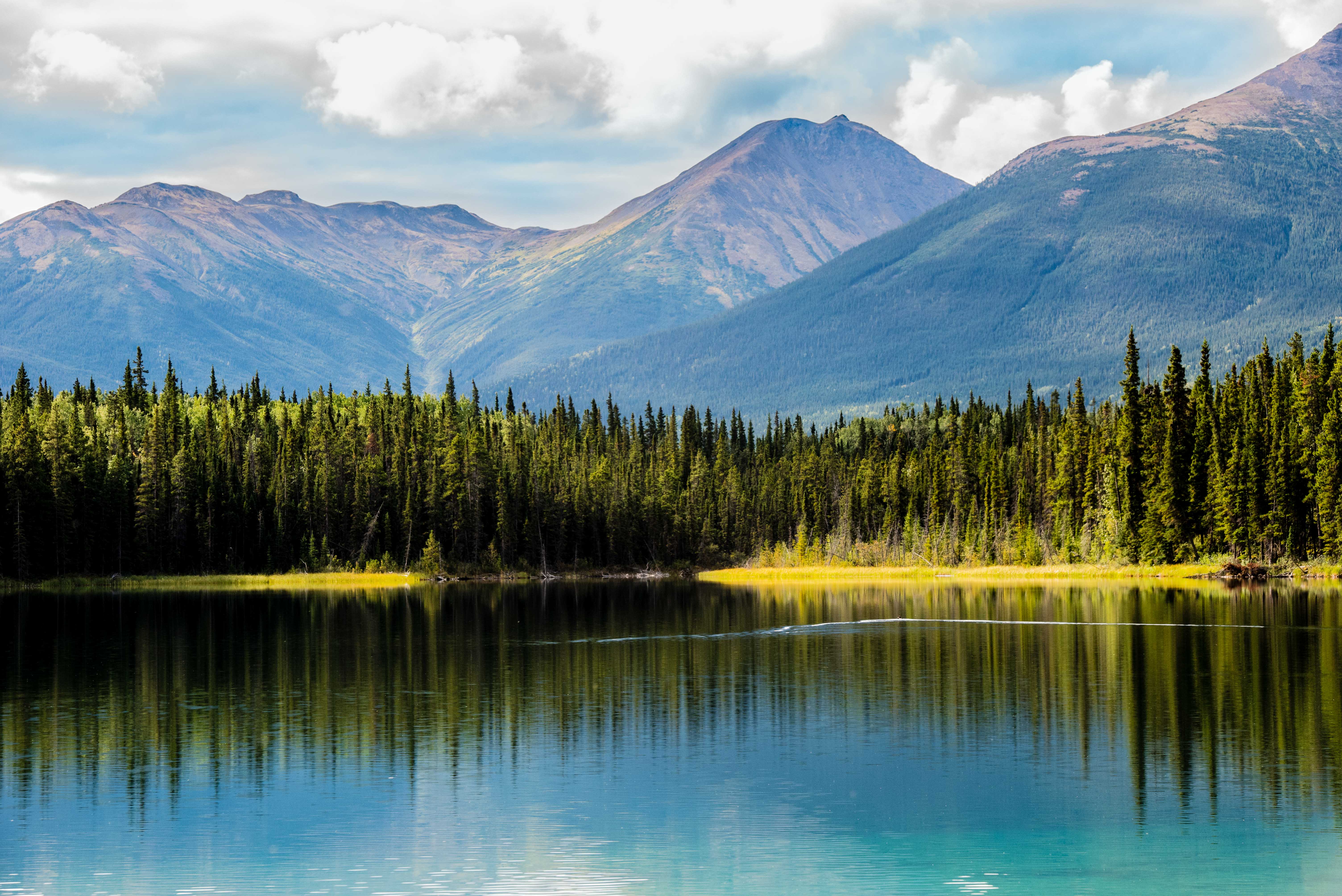The Narwhal
June 6, 2019
Chief Myles Manygreyhorses, Dease River First Nation (Good Hope Lake), Deputy Chief Fred Lutz Sr., Daylu Dena Council (Lower Post), and Chief Donny Van Somer, Kwadacha Nation (Fort Ware)
Land conservation and resource jobs are often at odds, but the Kaska Dena have a vision to sustain existing jobs in forestry and create new jobs by protecting land for all of us to explore and enjoy.

Good Hope Lake in Kaska Dena territory in northern B.C. Photo: Maureen Garrity
Earlier this month the United Nations warned the world just how urgent and catastrophic global biodiversity loss is for nature and human life. The outlook isn’t better here in B.C. where we’re bracing for summer droughts and more forest fires, and where resident killer whales and caribou herds struggle to feed themselves and breed.
But there is hope. Right now, the B.C. government has an extraordinary chance to work jointly with the Kaska Dena in northern B.C. to beat back biodiversity decay.
In our language we say Dene Kʼéh Kusān, which means Always Will Be There. We have a vision for protecting a vital piece of our ancestral territory in B.C.’s far north to ensure it doesn’t experience the biodiversity loss we’re seeing across the province and around the world.

Kaska Dena’s proposed indigenous protected area in northern B.C. Map: Indigenous Leadership Initiative
Our ancestral lands cover an intact piece of pristine wilderness that’s larger than Vancouver Island. Its plant and animal life are as diverse as its landscape of mountain peaks, valleys and boreal forests. Its forests clean the air we all breathe and nourish caribou herds, which are dying in other parts of the province. It’s one of the last places in the world where you can walk ancient Indigenous trails for weeks and not meet another soul.
Conserving our ancestral land and our spiritual and cultural heritage is at the heart of this plan, but there’s much more to it than taking care of nature. It takes care of people, too.
Land conservation and resource jobs can sometimes be at odds. But, that’s not a trade-off that needs to be made here because protecting this land will create new jobs. Recent employment numbers may be up but that’s not the reality in rural and northern regions. The 85 per cent unemployment in our far northern communities means jobs are desperately needed, which is why economic growth is an important part of this vision.
One look at area maps shows that the protected area borders have been carefully drawn to conserve biodiversity and create and sustain jobs. Forestry tenures are strategically located just outside conservation boundaries and will produce forestry jobs for Kaska communities and others where none exist today. Conservation borders capture large, uninterrupted landscapes while avoiding and minimizing overlap with existing mining and oil and gas extraction sites.
This protected area also opens up exciting economic opportunities for Kaska to welcome and guide outdoor enthusiasts who come to fish, hunt, hike and camp in our ancestral territory.
You might think our plan is very ambitious — and it is — but it’s also very achievable. It is designed to succeed. Boundary maps tell the story of our work to sustain and create jobs, to shelter caribou herds and to work with the provincial government to offer a world-class protected area for all of us to explore and enjoy.
To sweeten the deal, the federal government is currently funding conservation projects just like this one as it works toward its international land conservation commitments.
In the face of worsening forest fires and severe loss of biodiversity, and in the spirit and practice of reconciliation, we invite the B.C. government to take up the United Nations’s call for bold action and to support this Indigenous‑led plan.
Banner image: The Horse Ranch area of Good Hope Lake in Kaska Dena territory in northern B.C. Photo: Maureen Garrity


